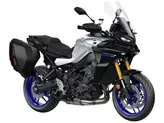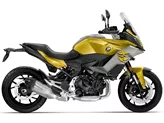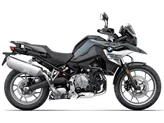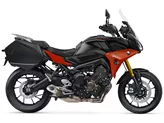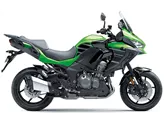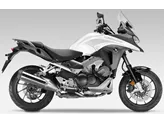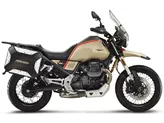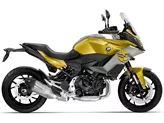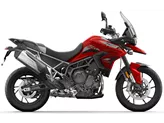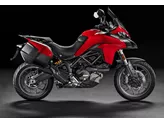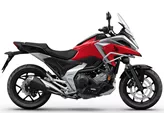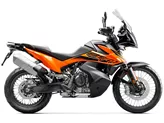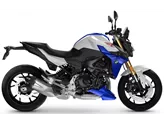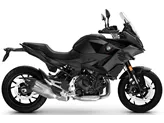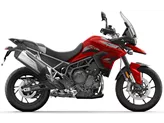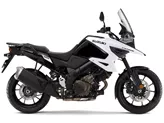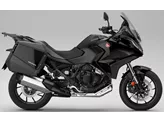Yamaha Tracer 900 GT 2018 vs. BMW F 900 XR 2020

Yamaha Tracer 900 GT 2018
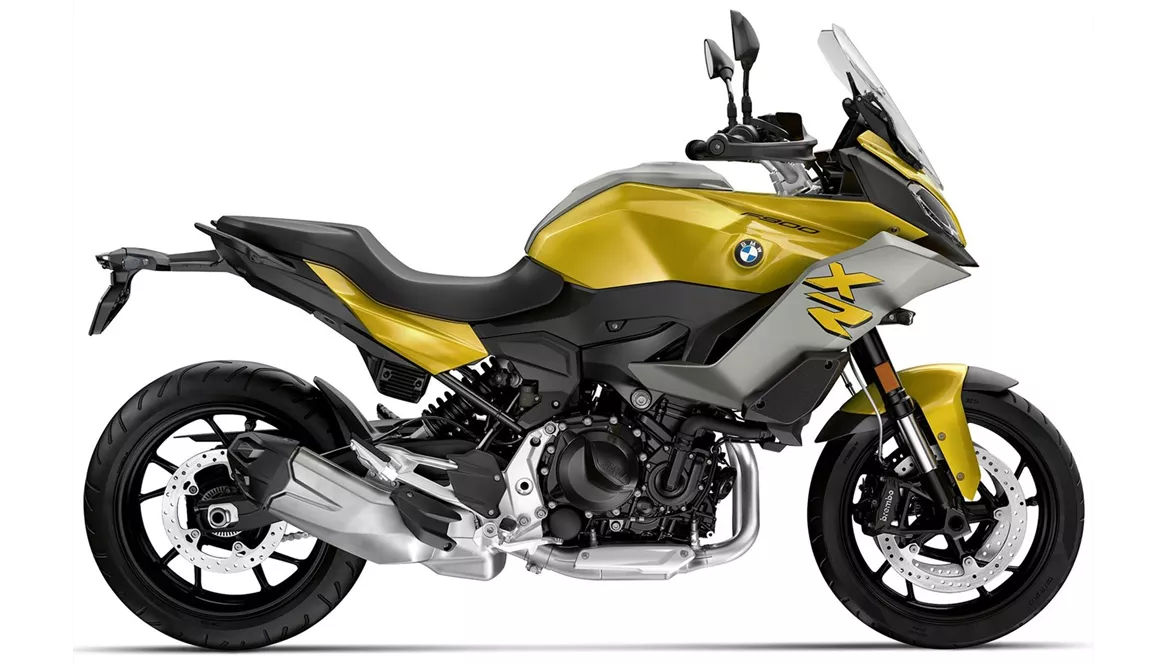
BMW F 900 XR 2020
Overview - Yamaha Tracer 900 GT 2018 vs BMW F 900 XR 2020
When comparing the Yamaha Tracer 900 GT 2018 and the BMW F 900 XR 2020, several factors come into play.
In terms of engine specifications, the Yamaha Tracer 900 GT has an in-line, 3-cylinder engine with a power output of 115 HP and a torque of 87.5 Nm. On the other hand, the BMW F 900 XR features an in-line, 2-cylinder engine with a slightly lower power output of 105 HP and a torque of 92 Nm. Both motorcycles have a 4-stroke engine type and utilize a chain transmission.
When it comes to suspension, the Yamaha Tracer 900 GT is equipped with a telescopic fork front suspension, while the BMW F 900 XR features an upside-down telescopic fork front suspension. Both motorcycles provide a comfortable and stable ride, but the BMW F 900 XR's suspension design may offer slightly better performance in terms of handling and maneuverability.

Yamaha Tracer 900 GT 2018
In terms of chassis, the Yamaha Tracer 900 GT has an aluminum frame with a twin tube design, while the BMW F 900 XR features a steel frame with a twin tube, load-bearing engine design. Both frames provide a sturdy and reliable structure, but the use of aluminum in the Yamaha Tracer 900 GT may result in a lighter overall weight.
Both motorcycles feature double disk front brakes, providing excellent stopping power and control. The dimensions and weights of the front and rear tires are the same for both models, with a width of 120 mm and a diameter of 17 inches. The wheelbase of the Yamaha Tracer 900 GT is 1440 mm, while the BMW F 900 XR has a longer wheelbase of 1518 mm. This longer wheelbase on the BMW may contribute to improved stability and handling at higher speeds.
In terms of seat height, the Yamaha Tracer 900 GT has a seat height of 845 mm, while the BMW F 900 XR offers a slightly lower seat height of 815 mm. This may make the BMW more accessible for riders with shorter inseams. The kerb weight of the Yamaha Tracer 900 GT is 210 kg, while the BMW F 900 XR weighs slightly more at 211 kg. The fuel tank capacity of the Yamaha Tracer 900 GT is 18 liters, while the BMW F 900 XR has a slightly smaller fuel tank capacity of 15.5 liters.
In terms of strengths, the Yamaha Tracer 900 GT offers a powerful engine, top-notch chassis, and guaranteed driving pleasure. It also features a successful revision of the aerodynamics, providing better stability than its predecessor. Additional features such as cruise control, heated grips, and an automatic gearshift enhance the overall comfort and convenience of the motorcycle. The Yamaha Tracer 900 GT also boasts a pretty color display, adding to its aesthetic appeal.
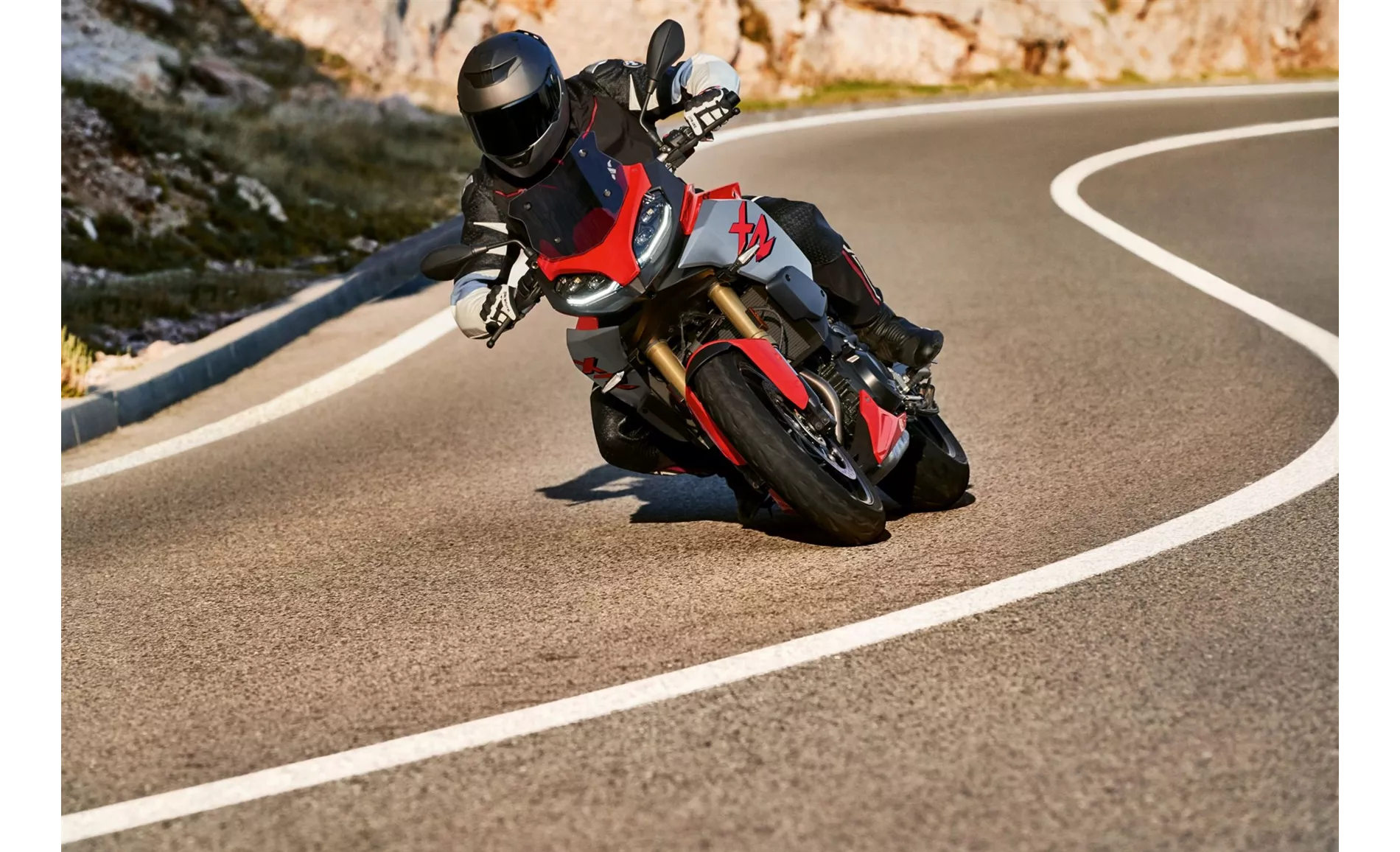
BMW F 900 XR 2020
On the other hand, the BMW F 900 XR has a resilient and powerful engine, offering variable ergonomics for a customizable riding experience. It provides sufficient wind protection and features great Brembo brakes for optimal stopping power. The stylish looks of the BMW F 900 XR, coupled with its wide range of accessories, allow riders to personalize their motorcycle to their liking.
In terms of weaknesses, the Yamaha Tracer 900 GT's passenger rest system may restrict the freedom of movement for the pillion passenger. Additionally, the ABS and traction control systems are only available at a basic level. The BMW F 900 XR's only weakness mentioned is its behavioral sound, which may be subjective and dependent on personal preference.
In conclusion, both the Yamaha Tracer 900 GT 2018 and the BMW F 900 XR 2020 offer powerful engines, excellent suspension, and reliable braking systems. The choice between the two will ultimately depend on individual preferences, with the Yamaha Tracer 900 GT offering a more comfortable and feature-rich riding experience, while the BMW F 900 XR provides variable ergonomics and a stylish design.
Technical Specifications Yamaha Tracer 900 GT 2018 compared to BMW F 900 XR 2020
Pros and Cons in comparison
Pros and Cons in comparison
Yamaha Tracer 900 GT 2018

Yamaha's sporty all-purpose weapon has been further improved. It is the perfect bike for all those for whom the naked MT-09 is too spartanly designed for sporty country road riding. Thanks to the longer swingarm and better aerodynamics, the 2018 model also largely eliminates the high-speed problems that its predecessor had to contend with. The premium version in the form of the Tracer 900 GT goes one better and can also convince with great comfort features.
BMW F 900 XR 2020
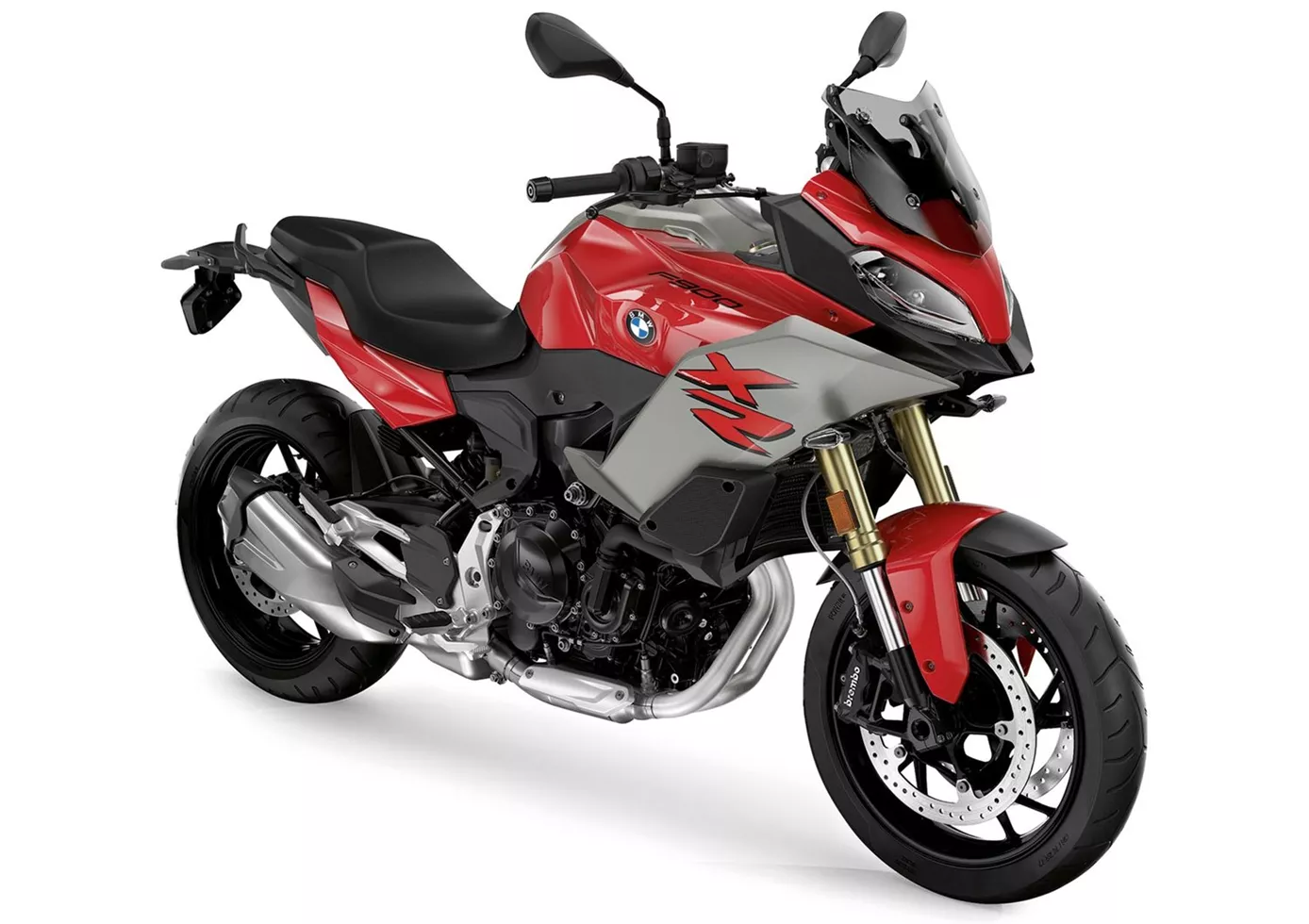
The new BMW F 900 XR proves that it now needs no more than the middle class. With 105 hp, you are never underpowered in any situation and the two-cylinder offers enough elasticity to be both relaxed and very sporty on the road. Its solid quality and proven high-volume technology of the F 850 series make it a perfect companion if you want to be sporty on the road with a high level of comfort. As a basis, the equipment is sufficient, but the BMW accessories programme gives enough options to put together your dream motorbike (recommendation: Gearshift Assistant Pro!).
Price Comparison Avarage Market Price Yamaha Tracer 900 GT vs BMW F 900 XR
There are a few key differences between a Yamaha Tracer 900 GT 2018 and a BMW F 900 XR 2020. In terms of price, the actual average price of a BMW F 900 XR 2020 is about 9% higher. A Yamaha Tracer 900 GT 2018 experiences a loss of 780 USD in one year and 2,270 USD in two years of ownership. This is offset by a loss of 740 USD and 830 USD for a BMW F 900 XR 2020. Compared to BMW F 900 XR 2020 there are less Yamaha Tracer 900 GT 2018 bikes available on the 1000PS.de Marketplace, specifically 4 compared to 13. It takes less time to sell a Yamaha Tracer 900 GT with 51 days compared to 75 days for a BMW F 900 XR. Since model year 2018 1000PS.de editors have written 5 reviews for the Yamaha Tracer 900 GT and 23 reviews for the BMW F 900 XR since model year 2020. The first review for the Yamaha Tracer 900 GT was published on 4/17/2018 and now has more than 158,600 views. This compares to more than 136,400 views for the first review on BMW F 900 XR published on 11/5/2019.


